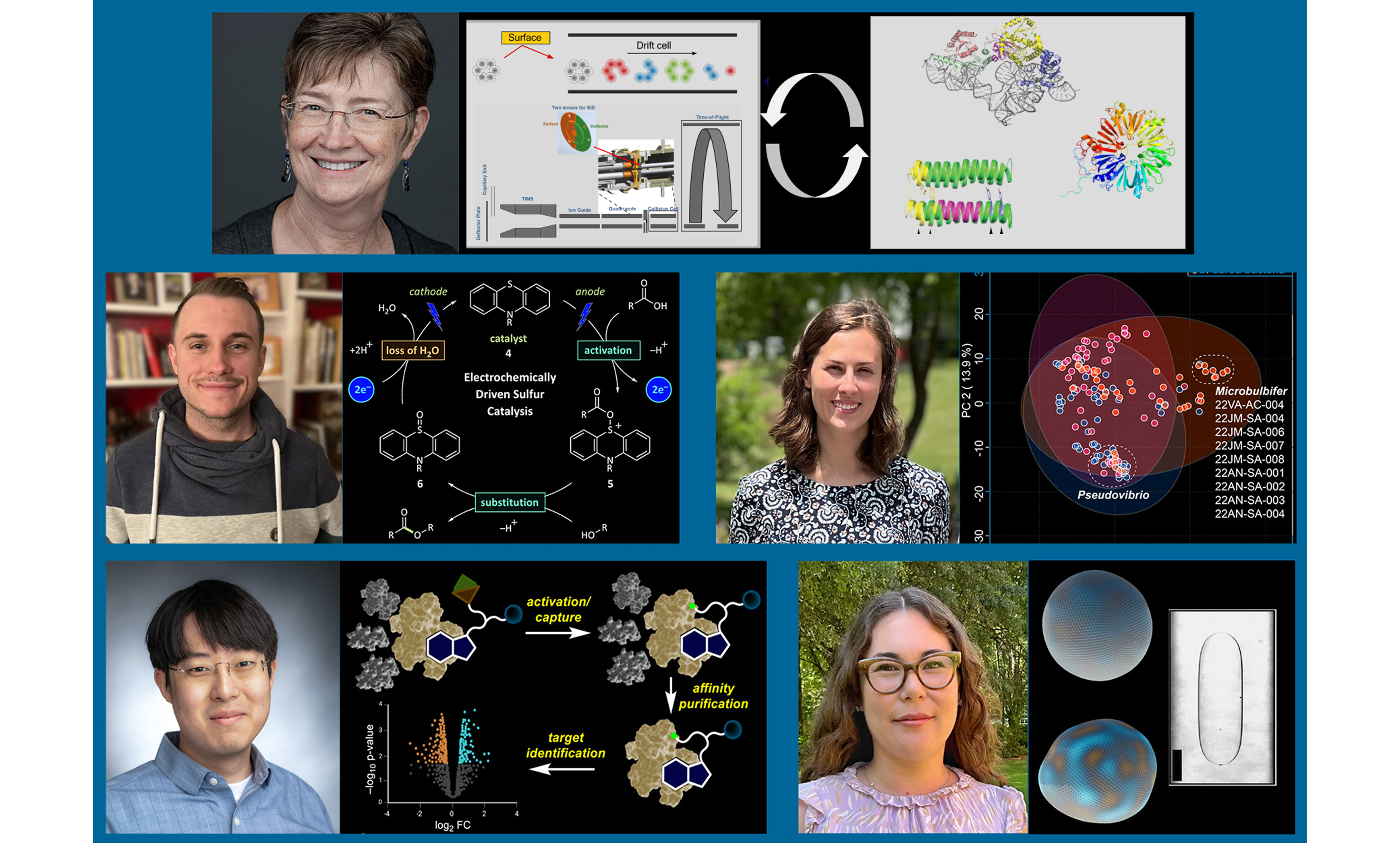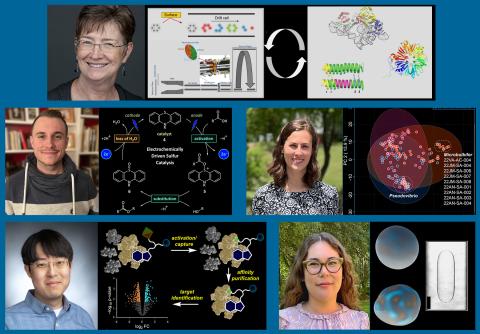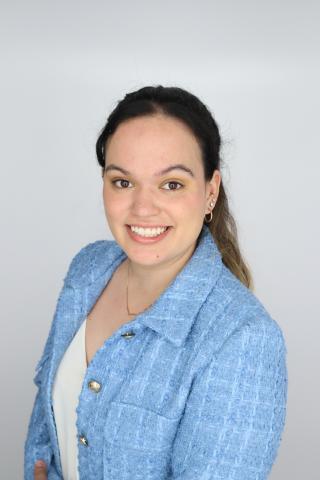

Building Collaborative Research Teams for High-Impact Research
Ariel Marshall (Ph.D. 2014) Honored with Induction into the 2024 GT 40 Under 40 Class
News
Events
Experts in the news
Georgia Tech researchers developed a neural network, RTNet, that mimics human decision-making processes, including confidence and variability, improving its reliability and accuracy in tasks like digit recognition. Working in the lab of Associate Professor Dobromir Rahnev in the School of Psychology, researchers are training neural networks to make decisions more like humans. This science of human decision-making is only just being applied to machine learning, but developing a neural network even closer to the actual human brain may make it more reliable.
SciTechDailyGroundbreaking research is shedding new light on how biofilms grow — using physics and mathematical models. Biofilms grow everywhere — from plaque on teeth, to medical devices, to the open ocean. But until now, it’s been difficult to study just what controls their growth. In a new study published in Nature Physics, researchers from the Yunker Lab in the School of Physics, including Lead Researcher Aawaz Pokhrel and Associate Professor Peter Yunker, leveraged physics to show that a biofilm’s geometry is the single most important factor in determining growth rate — more important than even the rate at which cells can reproduce. Since some research shows that 80% of infections in human bodies are caused by the bacteria in biofilms, understanding how colonies grow has important human health implications, potentially to help reduce their impact in medical settings or industrial processes. (This also appeared in Phys.org and Dental Review News.)
Nature PhysicsOn the timescale of sensory processing, neuronal networks have relatively fixed anatomical connectivity, while functional interactions between neurons can vary depending on the ongoing activity of the neurons within the network. In a paper published in Nature Communications, a team of researchers, including School of Mathematics Assistant Professor Hannah Choi, hypothesizes that different types of stimuli could lead those networks to display stimulus-dependent functional connectivity patterns. The team analyzed single-cell resolution electrophysiological data from the Allen Institute, with simultaneous recordings of stimulus-evoked activity from neurons across 6 regions of the mouse visual cortex. The work reveals unexpected stimulus-dependence regarding the way groups of neurons interact to process incoming sensory information.
Nature Communications




